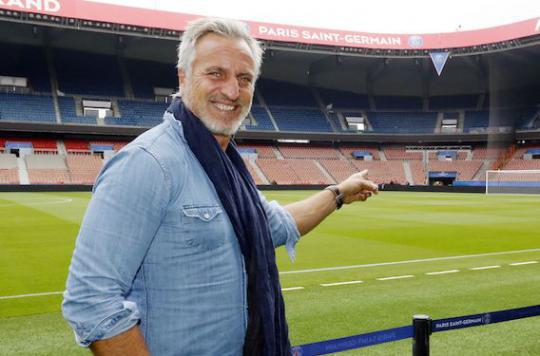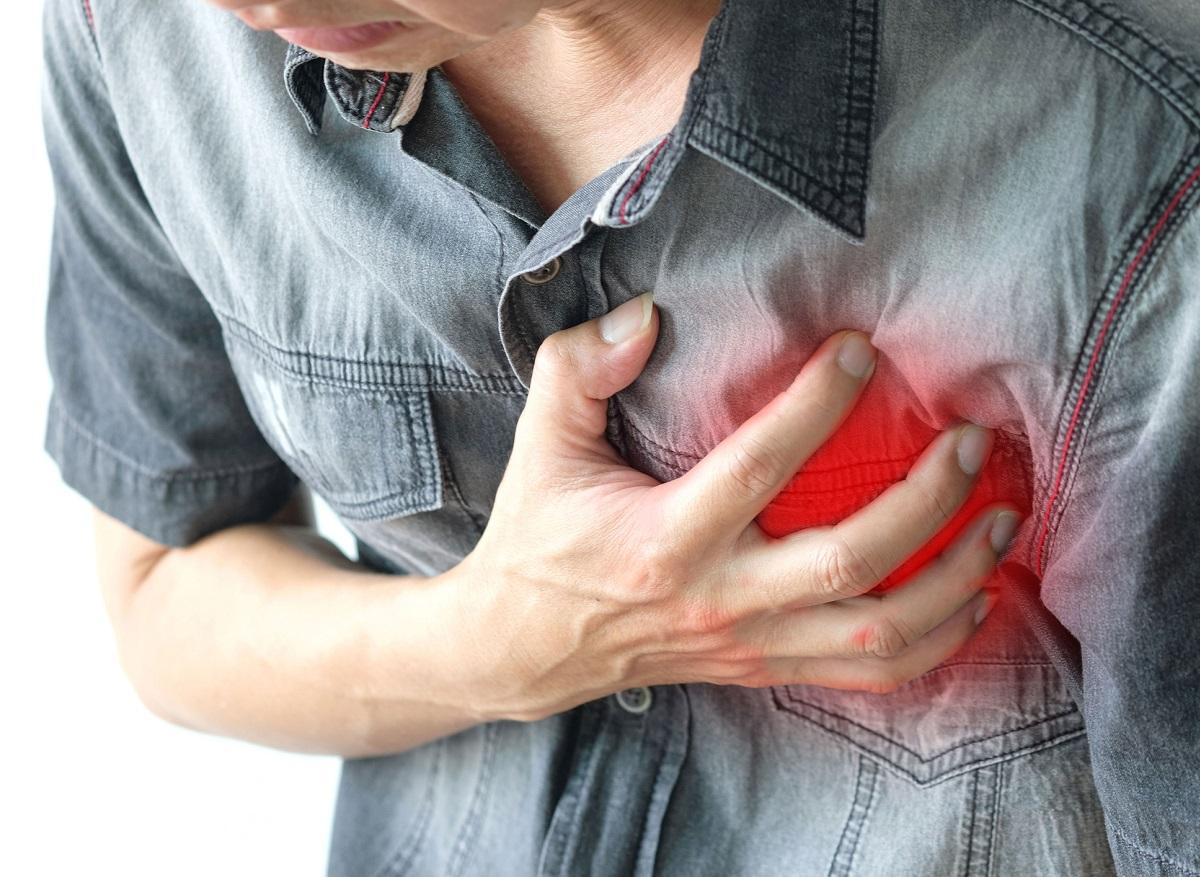INTERVIEW – David Ginola underwent quadruple bypass surgery after heart failure. The first aid provided quickly enabled him to limit complications.

Heart failure and quadruple bypass surgery. Before participating in the 5e edition of the Maupo Golf Cup in Mandelieu-la-Napoule (Alpes-Maritimes), David Ginola probably did not expect to finish his competition in hospital. The former international collapsed on the pitch as he was getting ready by making a soccer match. Transported to the Cardio-Thoracic Center in Monaco, he was operated on by Prof. Gilles Dreyfus. This cardiac surgeon praised the effectiveness of the management of the former Paris Saint-Germain player, and the speed of the cardiac massage, which allowed him to avoid any neurological sequelae.
Providing first aid quickly is crucial, confirms Prof. François Carré, cardiologist at Pontchaillou hospital (Rennes, Ille-et-Vilaine) contacted by Why actor.
What does the term “heart failure” mean?
Prof. François Carré: Most often, the term “cardiac malaise” implies that there is a malaise with a more or less prolonged loss of consciousness. We don’t always talk about cardiac arrest, but it is often a synonym. What causes the discomfort at the origin of the cardiac arrest, it is always a pathology which is complicated by a cardiac arrhythmia.
How should you react to a cardiac arrest?
Prof. François Carré: Training in first aid and cardiopulmonary resuscitation is essential. If someone collapses in front of you, you should immediately check that she is unconscious by asking questions and asking her to shake hands. You can then check that she is breathing by bringing her face to her mouth. If she does not respond and does not breathe, it is necessary to initiate a cardiac massage: one puts the hands on the breastbone and one makes massages. At the same time, a second person calls 15 to warn that a cardiac arrest is taking place. She then goes to get a defibrillator.
Quick rescue is the key to avoiding after-effects …
Prof. François Carré: Just because a bypass surgery is done afterwards does not mean that the person recovers all of their neurological capacities. The most problematic is cardiac arrest. It all depends on the resuscitation and the sequelae are very frequent. In France, we have very little training: only three cities offer a 44% chance of survival, Montbard, Dijon and the Lille region. In all other cities, it’s 4%. These cities have decided to tackle the problem head on by training the population and installing defibrillators. All municipalities should do the same. But once trained, you have to repeat the actions very often.
” The day this happens to you, if it’s been 15 years since you were trained, you don’t remember. Either way, nothing worse can happen to someone who goes into cardiac arrest. It’s better than nothing. “
What does quadruple bypass surgery consist of?
Prof. François Carré: Coronary bypass surgery implies that the coronary arteries are blocked by atheromatous plaques. The blood does not circulate well and the oxygen is insufficient. In the case of David Ginola, one might think that one of these plaques ruptured during exercise. By breaking it blocked the artery. As the heart lacked oxygen, he had an arrhythmia that caused the cardiac arrest.
Once the person is resuscitated, they go to the hospital. The examination then highlights the fact that the artery is blocked in four places, which requires four bypasses. We then transfer an artery located under the collarbones, we deviate its path to connect them to the level of the coronary arteries below the plaque which obstructs the artery. The blood can therefore circulate again.
What are the consequences of this operation?
Prof. François Carré: The surgery is not very heavy. In the following weeks, there may be some pain, due to the opening of the breastbone. There is also regular monitoring because this disease is chronic. The gesture makes it possible to postpone the urgent problem, but it takes a healthy lifestyle – lowering cholesterol, stopping smoking -, taking medication so that the atheroma plaques do not increase in size and cardiological monitoring. With this new bridging system, we still do not have to intervene again. They last 20-30 years without problem.
.

















